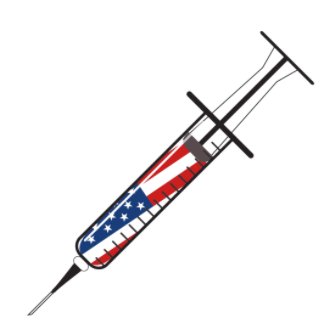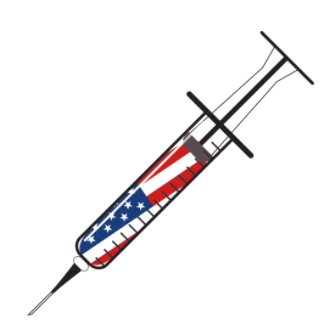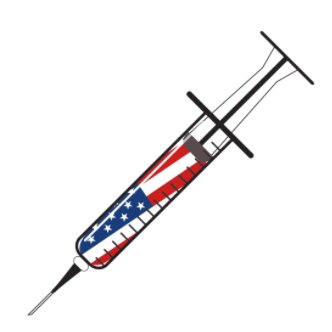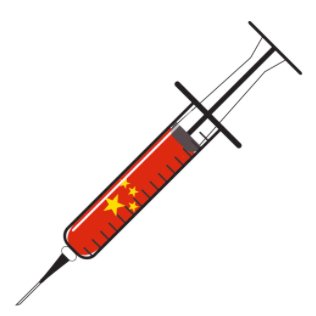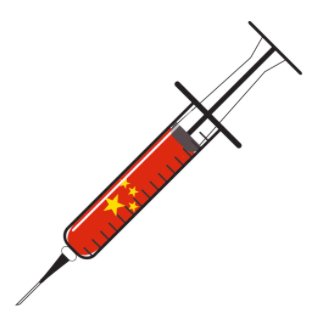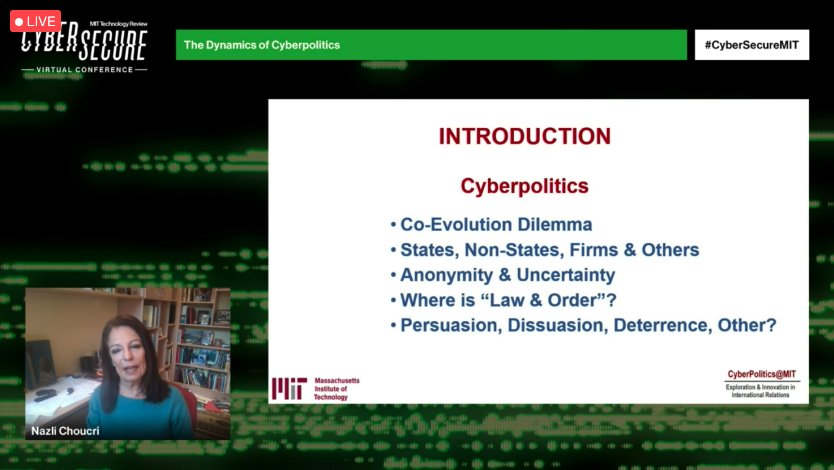
The vaccines are coming. technologyreview.com/2020/12/04/101…
That not only means that countries face a huge logistical challenge to distribute them—which is complicated by the fact the two most promising vaccines require ultra-cold temperatures—but they also have to grapple with hard choices over who gets them first.
Here’s how the US, China, the UK, and other countries are planning to distribute covid-19 vaccines to their populations. technologyreview.com/2020/12/04/101…
Up to 40 million doses are expected to be on offer in the US by the end of 2020. Since the vaccines each require two doses spaced several weeks apart, this will be enough to vaccinate 20 million people—but not all shipments will come at once. reuters.com/article/health…
The first shipment of vaccines will reportedly cover 3.2 million people, with 5-10 million more doses delivered each week after that.
Individual states are responsible for creating their own vaccine distribution plans.
States are meant to follow general guidance from the CDC’s Interim Playbook for Covid-19, which was shaped by the Advisory Committee on Immunization Practices (ACIP) with input from the National Academies of Sciences, Engineering, and Medicine. cdc.gov/vaccines/acip/…
Here’s a summary of the recommended first phase of the distribution plan, which the ACIP voted on December 1.
Phase 1a will prioritize 21 million health care workers and 3 million adults in long-term care facilities, like nursing homes, who are particularly vulnerable. 
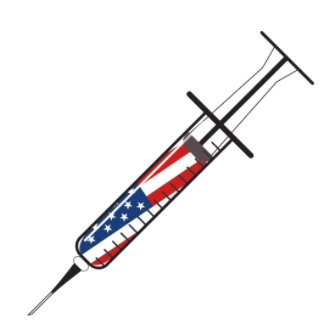
Phase 1b will prioritize other essential workers, such as school staff, while 1c prioritizes adults older than 65 and others with other medical issues that increase the risk of serious complications from covid. 
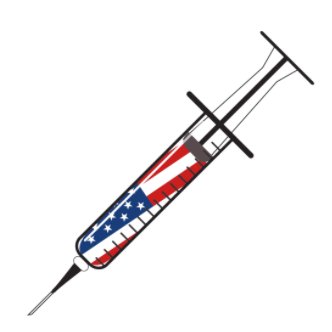
The following phases will add other people to the list.
Note: the ACIP has yet to discuss anything beyond phase 1, leaving many open questions about how individual states will prioritize the rest of their populations.
Note: the ACIP has yet to discuss anything beyond phase 1, leaving many open questions about how individual states will prioritize the rest of their populations.
Phase 2 would cover people who work in schools, transportation, congregate housing facilities, like nursing homes, and other places with high concentrations of people. 
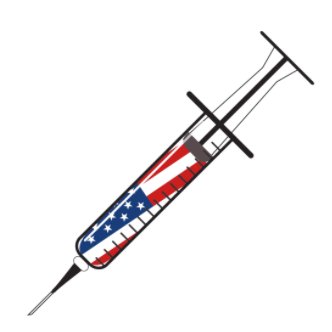
Phase 3 includes young adults and children—in an attempt to stop super spreading events—as well as other essential workers not previously covered. 
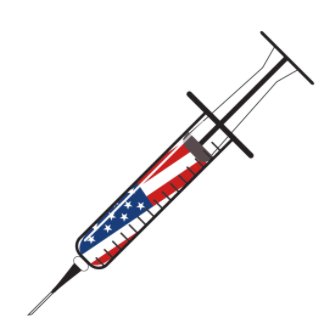
The CDC guidelines leave a lot for state and local governments to interpret and implement. One analysis of 47 published state plans by the @KFF found that about half explicitly mentioned race and health equity as a factor for prioritization. kff.org/coronavirus-co…
Chinese scientists say the country will have 600 million doses ready this year, the South China Morning Post reports. scmp.com/news/china/soc…
Wang Junzhi, a member of the China's vaccine task force, told journalists on Dec. 4 that the doses of inactivated vaccines will be ready for launch before the end of the year. He said a “major announcement”on vaccine trials was expected in the coming weeks.
China has five vaccine candidates from four manufacturers in phase three clinical trials, including the frontrunners from Sinopharm and Sinovac Biotech. 
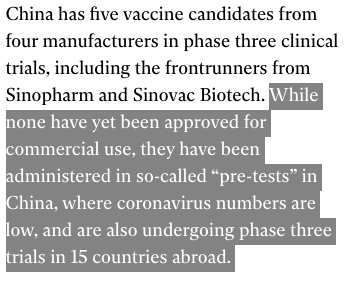
Emergency authorization was granted to the two leading candidates earlier this year: Since June, an unknown number of People’s Liberation Army members have received shots, and essential city workers started getting vaccinated in July. 
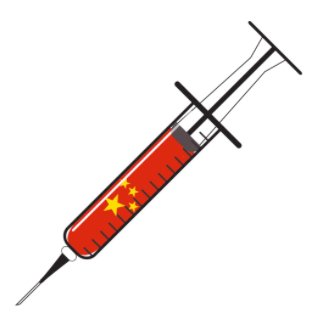
All in all, roughly one million people have received emergency authorization vaccines so far, including employees of state-owned enterprises, Huawei employees in 180 countries, and Chinese diplomats. 
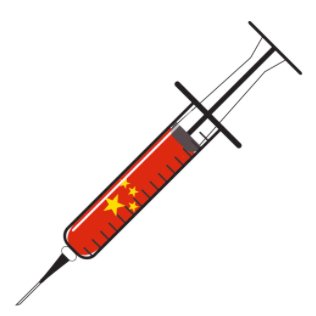
President Xi Jinping has vowed to make the vaccine available around the world as a“global public good.” In October, China joined the Covax Facility, a global alliance of 189 countries that have pledged to equitably distribute vaccines. The US is not part of that group.
The countries prioritized for distribution of the five Chinese vaccine candidates are primarily those which have hosted trials, which in turn is shaped by China’s strategic interest. These include Brazil, Indonesia, Turkey, and Mexico.
Alright, now onto the UK.
The UK approved the Pfizer/BioNTech vaccine for emergency use in the general public on Dec. 2. It will start inoculating its population through the state-run @NHS, with the first vaccinations to be given to the highest-priority individuals from Dec. 7. technologyreview.com/2020/12/02/101…
Who will get it first there? For the country’s phase one delivery, an independent committee divided the population into nine different groups, recommended vaccinating them in this order of priority, which the government has adopted: 
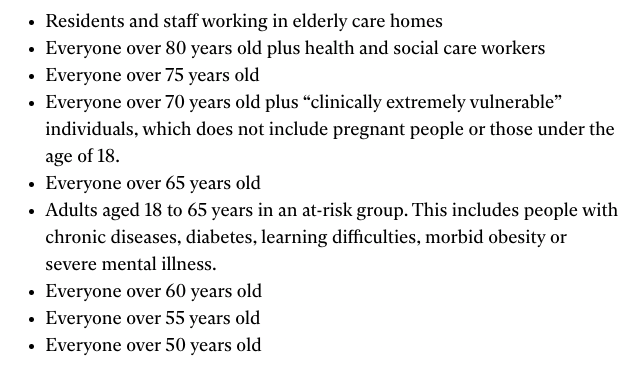
That independent committee, the JCVI, has publicly explained its thinking, stating that “current evidence strongly indicates that the single greatest risk of mortality from covid-19 is increasing age.” It has not yet announced plans beyond phase one. assets.publishing.service.gov.uk/government/upl…
We also looked at Russia and other countries. You can read the full story here: technologyreview.com/2020/12/04/101…
• • •
Missing some Tweet in this thread? You can try to
force a refresh
